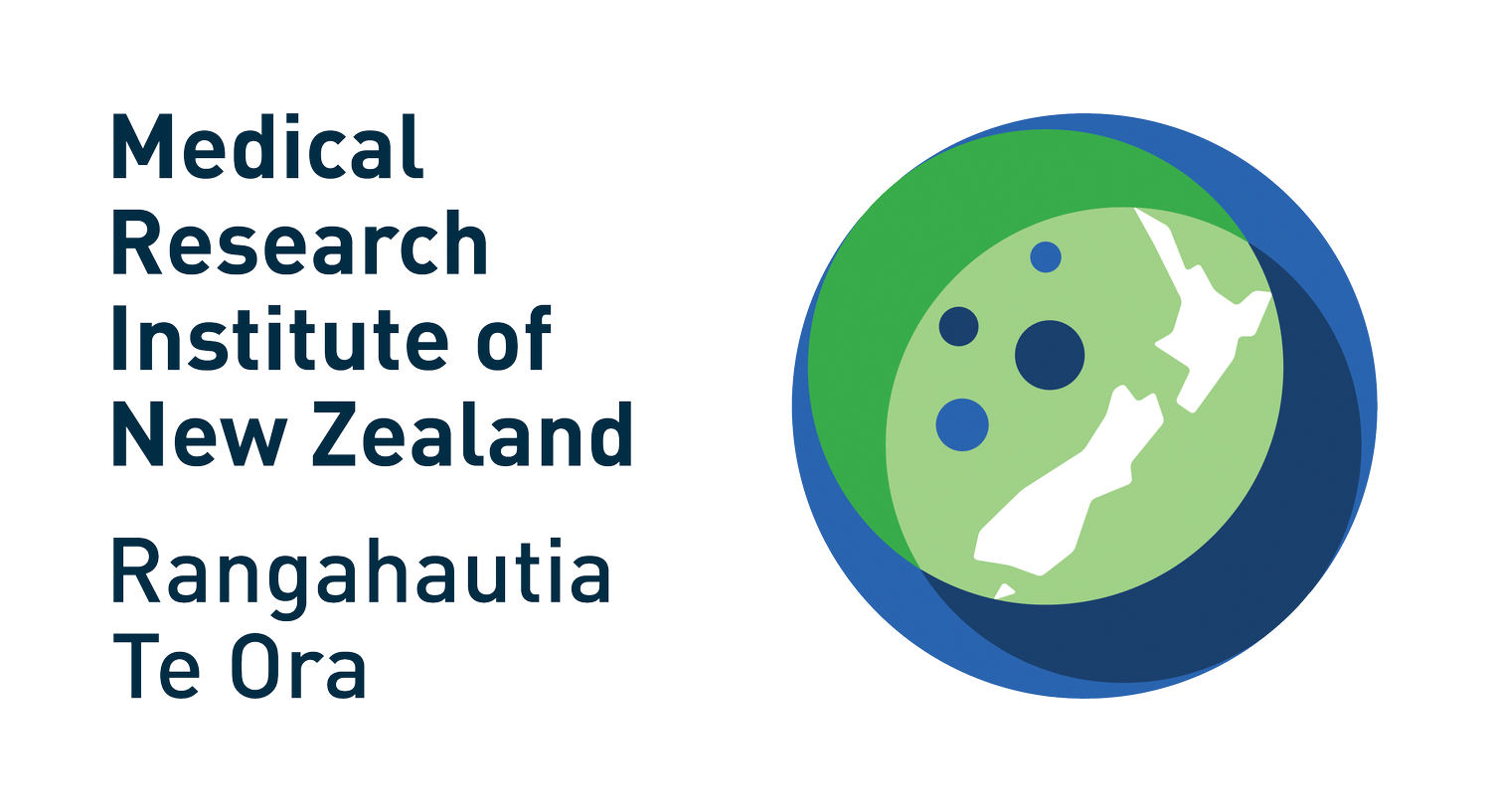Landmark IV fluid study findings set to save lives.
Saline, a 200-year-old medical therapy given to millions of patients around the world each day, appears to increase the risk of death in patients who have become suddenly, or acutely, ill.
Saline, an low-cost salt and water solution, was first administered during the cholera epidemics of the 1830s. It is now among the most used IV fluids, and today alone, more than a million litres of IV (intravenous) saline will be given to patients worldwide to treat conditions such as dehydration and low blood pressure. Balanced crystalloids, an alternative to saline used in hospitals worldwide, are salt-based solutions with a composition similar to human plasma.
As saline was introduced to clinical practice almost two hundred years ago, it was not initially subjected to the same testing that new drugs undergo today. Studies worldwide have indicated that balanced crystalloids might reduce the risk of death compared to saline. However, each study, by itself, has been too small to demonstrate a significant mortality reduction, with uncertainty surrounding what the best IV fluid is.
Over the past decade, the MRINZ has run a landmark research programme evaluating whether using a balanced crystalloid, called Plasma Lyte®, improves patient outcomes compared with saline.
MRINZ’s most recent trial, the PLUS Study, funded by the Health Research Council of New Zealand, enrolled 5037 critically ill patients across Aotearoa New Zealand and Australia to test the hypothesis that fluid therapy with Plasma Lyte would decrease 90-day mortality, when compared to saline.
Together, the PLUS Study and the review paper ‘The choice between balanced crystalloids and normal saline: a systematic review and meta-analysis’ evidence paper provide strong evidence that for most people who are critically ill, using balanced crystalloids, rather than saline, for IV therapy saves lives.
MRINZ Deputy Director, PLUS Study lead and ICU specialist, Professor Paul Young, says:
“A patient receiving an IV fluid drip is perhaps one of the most enduring images in medicine. These recent findings will change practice for one of the most fundamental therapies applied to acutely unwell patients. When the data from PLUS was combined with other study data, the uncertainty around IV fluid choice was finally resolved. This is really the last word on the dangers associated with a 200-year-old medical therapy that is still widely used.” says Professor Young.
Both published today in the New England Journal of Medicine (NEJM), these papers are of major significance for global public health and are set to change clinical practice worldwide.
Professor Richard Beasley, MRINZ Director, says:
“Professor Young and his MRINZ ICU Research team have dedicated years to examining the safety and efficacy of intravenous fluids. This is a significant landmark in critical care research which will greatly serve the medical community and change clinical practice worldwide.”

